Table of Contents
Why Parabens Are Harmful: Are Your Beauty Products Putting You at Risk?
This page may contain affiliate links. We may earn a commission on purchases, at no additional cost to you. Learn more →
If you've ever used shampoo, moisturizer, or makeup, chances are you've encountered parabens. These chemicals may be hiding in plain sight in your daily routine, as up to 85% of cosmetic products contain them. Parabens are preservatives designed to keep your products free from bacteria. Why parabens are harmful, has been up for debate for decades, as their safety is controversial. It made me wonder: Are these everyday chemicals truly safe, or have we been unknowingly exposing ourselves to potential health risks?
Below, I’ll share my journey of discovering the facts, separating hype from reality, and finally deciding where I stand on parabens. Along the way, you’ll find the latest research, expert insights, and practical tips to help you make informed decisions about the products you use every day.
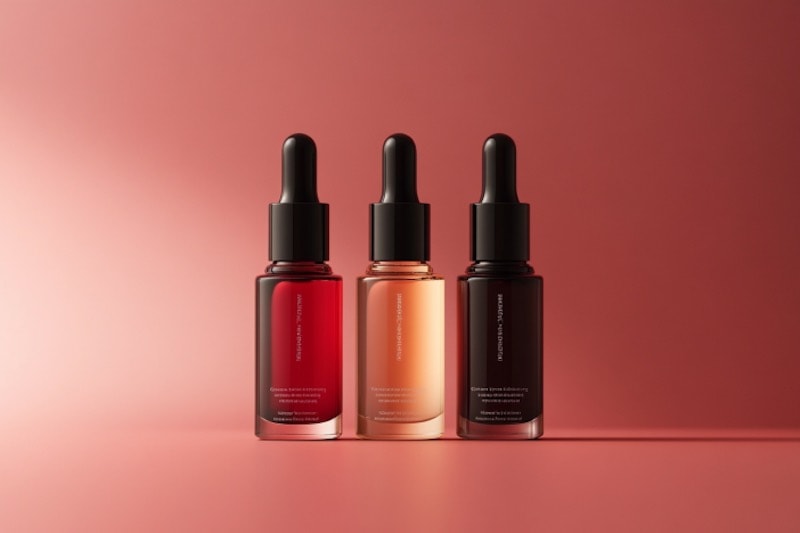
What Are Parabens?
Parabens have been around since the 1920s, originally synthesized to inhibit bacterial and fungal growth in cosmetics, foods, and even pharmaceuticals. From your favorite moisturizer to baked goods, parabens are everywhere!
You can typically spot them under names like methylparaben, propylparaben, butylparaben, and ethylparaben, or sometimes just “parahydroxybenzoate.” They’re effective and inexpensive, which makes them an easy go-to for manufacturers looking to extend shelf life.
For most of my life, I never gave preservatives in products a second thought. Then “clean beauty” became a buzzword, and I started seeing “paraben-free” everywhere.
I wondered if it was just a marketing gimmick or if there was a real reason for concern.
How do parabens work?
Parabens work as antimicrobial agents - blocking bacteria from breaking down amino acids (the building blocks of DNA), preventing bacterial growth and keeping your products safe. They're colorless, and odorless and dissolve seamlessly into formulations, making them ideal for preserving the fragrance and appearance of products.
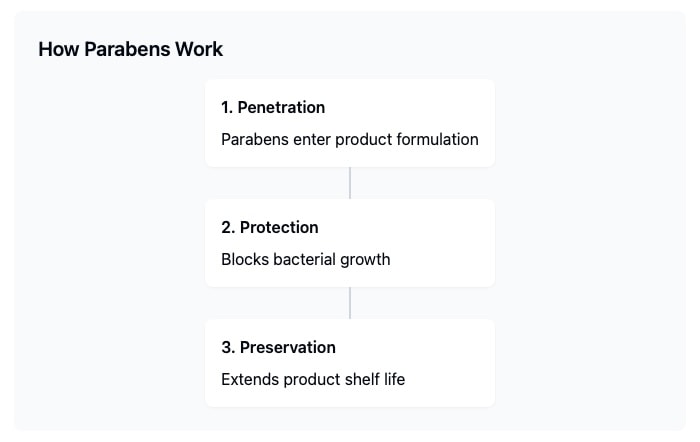
The Controversy: Are Parabens Harmful?
While parabens have been used for decades and deemed safe by many regulatory agencies, scientific understanding of their potential risks continues to evolve. Parabens first became a hot topic when Dr. Philippa Darbre published a study in 2004 finding traces of parabens in breast cancer tissue, raising initial concerns.
Breast Cancer and Paraben Link: The Darbre Study
Dr. Philippa Darbre's research hit the internet in 2004, when they found traces of parabens in human breast cancer tissues, raising alarms about their potential role in cancer. However, this study was criticized for having a small sample size and lacking control tissues. Even Dr Darbre clarified, " I have never said that parabens are the sole cause of breast cancer... There are a lot of different factors at play, and they go way beyond parabens".
Although this small study did not prove parabens cause cancer, it was enough to get many consumers and researchers asking questions.
A more recent 2024 study examined how EDCs like parabens may alter gene expression epigenetically—potentially raising the risk of breast cancer over time. This research helps explain the potential biological pathways through which long-term paraben exposure might affect health outcomes.
While science is still unfolding, these insights push the discussion beyond “do parabens cause cancer?” toward understanding the subtle ways low-dose exposure could affect our health, especially when combined with other chemicals.
Put simply, there is still no definitive consensus on whether parabens are outright dangerous. Yet, each new study hints that there may be more going on beneath the surface than we once believed.
While the studies do not prove causation, they raised enough red flags to make people reconsider their exposure to parabens - it certainly has made me think twice about the products I use that contain parabens.
Endocrine Disruption:
Another concern is that parabens are classified as endocrine disruptors (EDCs). They can mimic estrogen, a hormone critical to reproductive health. Parabens are able to bind to estrogen receptors in the body, causing disruption to natural hormone processes.
Although parabens’ estrogenic effect is weaker than the body’s natural hormones, multiple exposures from skincare, makeup, and even certain processed foods can create a “cocktail effect.”
This means small doses of parabens from multiple sources may accumulate and amplify potential harm over time—whether that’s hormone imbalance, fertility issues, or even an elevated breast cancer risk. For me, this was the tipping point. Realizing that my everyday cleanser, moisturizer, body lotion, and foundation all might contain parabens made me take a closer look at ingredient labels.
Skin Irritation & Allergies
In rare cases, some people can develop contact dermatitis from parabens. If you have sensitive skin, you might find that reducing or eliminating parabens alleviates redness, itchiness, or breakouts. That’s what initially happened to a friend of mine—her chronic irritation vanished once she switched to paraben-free formulas.
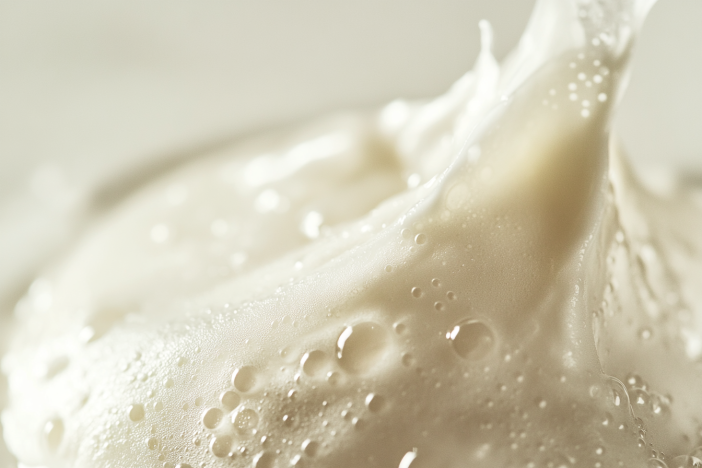
Are parabens considered safe in low concentrations?
Most regulatory bodies—including the U.S. Food and Drug Administration (FDA) and the European Medicines Agency (EMA)—view parabens as safe in low concentrations (typically up to 0.4% in a single product or 0.8% when multiple parabens are combined). In practice, cosmetics usually contain about 0.1–0.3% paraben concentrations, which is well under these limits.
However, the cumulative effect of multiple paraben-containing products everyday is where the real concerns lies.
The Cumulative Exposure Puzzle
Although these concentrations are considered safe on an individual product level, regulators increasingly recognize that we might be exposed to parabens from many products every day. That’s why the European Union restricts or bans certain parabens (like isopropylparaben) a and requires transparent labeling. Some regulators and scientists argue more research is needed, especially regarding long-term, repeated exposure.
As dermatologist Dr. Shari Linnet from Weill Cornell Medicine explains, "Parabens are considered safe in small in low concentrations, as they are used in very small amounts in cosmetics and skincare products. Though some people may choose to avoid them due to concerns about potential hormonal effects"
Even though certain parabens are banned in the EU, and stricter labelling regulations exist, the debate about long-term exposure continues.
Parabens and the Environmental Health Perspectives:
It's not just about human health when it comes to parabens, as they come with their fair share of environmental concerns as they are washed down our drains they enter and contaminate the water systems, and have even been found in aquatic organisms.
For example, butylparaben has been shown to harm marine life, including coral reefs, contributing to ecological damage. While research on the full environmental impact of parabens is ongoing, its clear they have a role in pollution.
Fortunately, many brands are now adopting eco-friendly alternatives to minimise harm to mitigate potential environmental and health risks.
Common Myths about parabens
Myth 1: "Natural products are always paraben-free"
Whilst we would all like to believe this is true, sadly, this is a myth. Even products labeled as 'natural' or 'organic' may contain synthetic preservatives like parabens, often hidden under less recognizable names
Myth 2: "Small amounts of parabens are harmless"
While individual products might contain trace amounts of parabens, the cumulative exposure from using multiple products daily, think of it as a slow build-up over time.
Identifying Parabens in Cosmetic Products
How to spot them:
Major four parabens can hide under names like:
-
Methylparaben (MP)
-
Ethyl paraben (EP)
-
Propyl paraben (PP)
-
Butyl paraben (BP)
They might also appear as 'parahydroxylbenzoate' on labels. And don't forget to check your other beauty products, you may be surprised to find parabens in your toothpaste and deodorants, foods and even in our prescriptions!
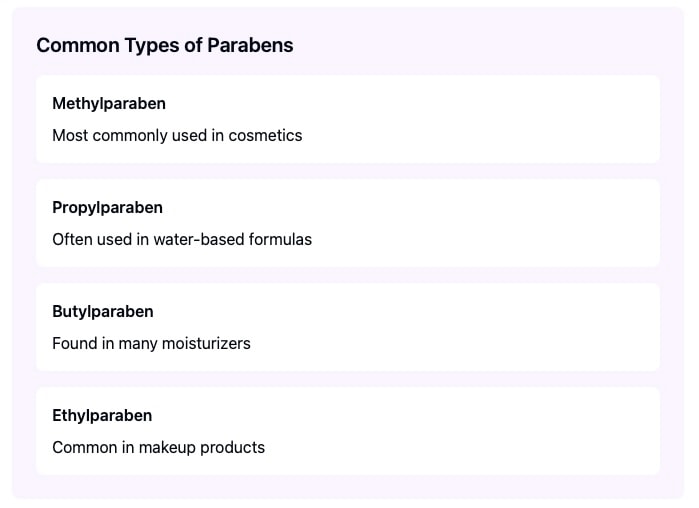
Safer Alternatives to Paraben-containing Products
If you're looking to switch to parabens-free products, here are some options to consider:
Non-Paraben Preservatives:
-
Look for natural skincare brands that use safer alternatives like phenoxyethanol, sodium benzoate, or potassium sorbate, these preservatives, are less likely to disrupt your hormones.
However, they are not entirely without risks and may require careful formulation to balance safety and efficacy.
Natural/Organic Alternatives:
-
Plant-based preservatives like essential oils or vitamin E can work well, though they're generally safer, they're less effective than in water-based products, have shorter shelf lives and limited antimicrobial efficacy.
Innovative Packaging:
-
Airtight containers reduce the need for preservatives by minimizing exposure to air and bacteria.
How to Transition to Paraben-Free Products
Switching to paraben-free products doesn't have to be overwhelming, here's how to get started on your journey to non-toxic living and switching to paraben-free:
Practical transition tips:
-
Start small: Replace frequently used items like lotion, shampoo or toothpaste first. When I started, I first replaced my skincare, and slowly phased out unnecessary chemicals like fragrance, phthlates etc.
Brands like Herbivore Botanicals*, Earth Mama Organics*, Tata Harper* offer affordable paraben-free products, perfect for easy swaps!
-
Read labels and Clean Beauty Certifications: Look for 'paraben-free' certifications or trusted labels like USDA Organic or EWG Verified
-
Use Tools: Apps now exist so that you can decode cosmetic ingredient lists, some good ones include:
-
Yuka (my personal favourite)
-
Good On You
-
ThinkDirty
-
Environmental Working Group Skin Deep
-
-
Patch Test: Always test new products on a small patch of skin, before full use, especially if they contain natural ingredients like essential oils.
-
Choose safer alternatives for easy swaps like soap, lip balm and any other toxic products you may have in your cupboards!
Expert Opinions and Personal Stories
Many people who have made the switch to paraben-free products report seeing tangible improvements in their skin and overall well-being. For instance, Kayleigh Dray noticed that after eliminating parabens from her routine, her complexion looked clearer and healthier. She also became more conscious of every ingredient on her labels, which led to fewer impulse buys and no more half-finished cosmetics cluttering her bathroom.
On the other hand, industry experts acknowledge the complexity of the debate. Tiffany Masterson, founder of Drunk Elephant, has stated "Parabens are actually a good ingredient. But because consumers don't want them, we avoid using them" This highlights how consumer demand and personal values can be just as influential as scientific data when it comes to selecting skincare ingredients.
Taken together, these perspectives showcase the nuanced decision-making behind going paraben-free. While scientific research continues to evolve, personal experiences and brand philosophies also play a major role in determining whether parabens fit into our daily routines.
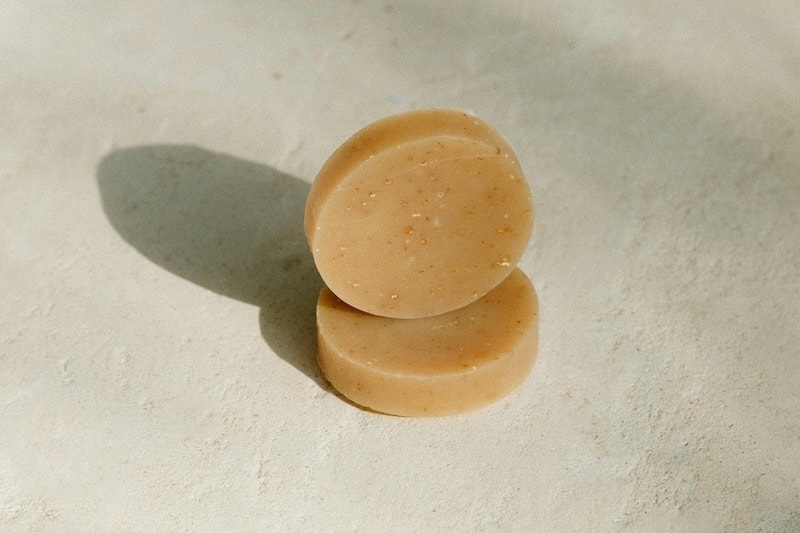
Image by Mathilde Langevin
Further Resources:
Learn more about the FDA's stance on parabens in cosmetics and their ongoing monitoring of parabens - FDA Parabens Safety Information
Relevant scientific studies: Read up on scientific studies, including;
-
The 2004 Darbre Study: Paraben potential link to breast cancer
-
Parabens and their effects on the endocrine system
Helpful Tools and Consumer Advocacy Groups:
-
The EWG Skin Deep comprehensive database can help check the safety of your skincare products
-
The easy-to-use Think Dirty App helps you scan your ingredients in your personal care products and you can review ratings too!
Key Takeaways
-
Parabens are widely used preservatives that effectively prevent bacterial growth
-
They have potential endocrine-disrupting effects and may harm marine ecosystems, such as coral reefs.
-
Identifying parabens (methylparaben, ethylparaben, propylparaben, butylparaben) on labels helps you make informed choices.
-
Regulatory agencies consider parabens safe at low concentrations, but cumulative exposure raises concerns.
-
Safer alternatives include phenoxyethanol, sodium benzoate, or potassium sorbate. Airtight packaging can further reduce chemical exposure.
-
Transitioning to paraben-free products is a process, start small by replacing high-exposure items in your skincare and makeup essentials, and research alternatives
Ultimately, why parabens are harmful depends on how you weigh the evidence, the potential risks, and your personal comfort level. My own experience taught me that questioning what goes on (and in) our bodies is a lifelong process.

The good news? Knowledge empowers us to be conscious consumers—and that’s a win, parabens or not.
FAQ to Parabens Safety:
-
Are parabens really harmful?
Parabens are considered safe at low concentrations by regulatory bodies like the FDA and EMA, but their potential risks have sparked debate. They are classified as endocrine-disrupting chemicals (EDCs) because they can mimic estrogen and disrupt hormonal processes, potentially contributing to health issues such as early puberty or fertility problems with long-term exposure. However, evidence linking parabens to severe health risks like cancer remains inconclusive, with studies like the 2004 Darbre study criticized for methodological limitations
-
Why is paraben banned in Europe?
Certain parabens, such as isopropylparaben and isobutylparaben, are banned in Europe due to concerns about their potential endocrine-disrupting effects and insufficient data to confirm their safety. The EU limits the concentration of other parabens in cosmetics to 0.4% individually or 0.8% when combined, citing a precautionary approach to protect consumers from potential long-term risks.
-
Why do dermatologists recommend products with parabens?
Dermatologists often recommend products with parabens because they are effective preservatives that prevent bacterial and fungal contamination, ensuring product safety and longevity. Parabens are also considered "weak allergens" compared to alternative preservatives like methylisothiazolinone, which are more likely to cause skin irritation or allergic reactions. Despite their controversial reputation, dermatologists emphasize that parabens are safe when used in low concentrations as regulated by authorities
Disclaimer: This article is intended for informational purposes only and not as a substitute for professional medical advice. If you have specific concerns, consult a dermatologist or healthcare professional.













